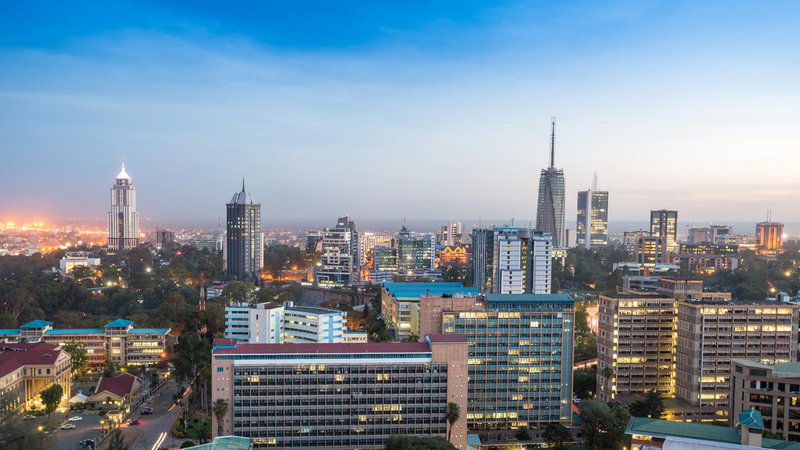Airbnb occupancy in Kenya by city
Explore Airbnb occupancy by city and spot seasonality patterns (coastal/urban) and ADR differences.
City performance: Airbnb occupancy & ADR
Compare Airbnb occupancy, ADR and estimated revenue to identify premium markets versus volume-led strategies.
| City | Occupancy | ADR | Monthly Revenue | Best Months | Seasonality |
|---|---|---|---|---|---|
| Nairobi | 38% | 46€ / $42 | 442€ / $402 | December, January | 40% |
| Notes: Swipe horizontally to see all columns on mobile. | |||||
If you’re managing multiple listings in Kenya, this data helps you prioritize where to focus efforts, adjust rates, or even expand your portfolio.
Suggest a new city in Kenya
For your security, we’ll email you as soon as your city is added. This may take up to 72 hours.
Methodology
We integrate supply, demand, prices and availability signals from multiple sources and internal crawls. We run cleaning, de-duplication and normalization to build comparable indicators across destinations.
Figures are published monthly and may revise prior periods if late data lands or the pipeline improves.
Coverage & period
Nationwide coverage focused on demand-relevant cities. Metrics refer to the latest fully closed month.
If a city does not meet minimum sample thresholds, some metrics may be temporarily hidden to avoid noise.
Definitions
- Airbnb occupancy: booked nights as a percentage of available nights.
- ADR: average booked price per night (Average Daily Rate).
- Estimated revenue: gross booking estimate (before local taxes).
How to use the data
Cross-read Airbnb occupancy and ADR to understand price/volume trade-offs and adjust strategy by season.
Benchmark your cities against the country ranking to spot pricing, minimum-stay and availability opportunities.
Limitations
Aggregate estimates subject to inventory and mix dynamics. Use for strategy, not as a replacement for operational reporting.
In cities with sharp supply changes, compare multiple periods and complement with local knowledge.
Frequently asked questions about Airbnb occupancy in Kenya
Monthly, after the latest full month closes. Late data or methodology upgrades may revise prior periods for consistency.
Demand varies with climate, school calendars and national holidays. Peak periods bring higher occupancy and ADR; low seasons increase price competition.
National holidays, cultural/sports events, weather seasonality, connectivity, and pricing/minimum-stay policies. Regulation changes also impact availability and demand.
High occupancy + high ADR suggests premium positioning; high occupancy + low ADR indicates volume-led strategy; low occupancy + high ADR may flag overpricing or off-season. Compare multiple months.
Long minimum stays depress occupancy in shoulder/low seasons; flexible cancellation can lift conversion but also cancellations. Tune by season and A/B test.
Inventory shifts (new/removals) change the supply–demand balance. Review multi-month trends instead of a single reading.
When a locality does not meet minimum sampling thresholds, we may temporarily hide a metric to avoid noise. Coverage expands as sample quality consolidates.
Yes—suggest areas you need. We prioritize expansions where sampling thresholds are met.
We integrate supply, demand, prices and availability signals from multiple sources and internal crawls, then clean, de-duplicate and normalize. Monthly cadence.
At peaks, price captures elasticity; in low seasons, shorter minimum stays and flexible availability help lift occupancy. Read occupancy alongside ADR and your strategy.

